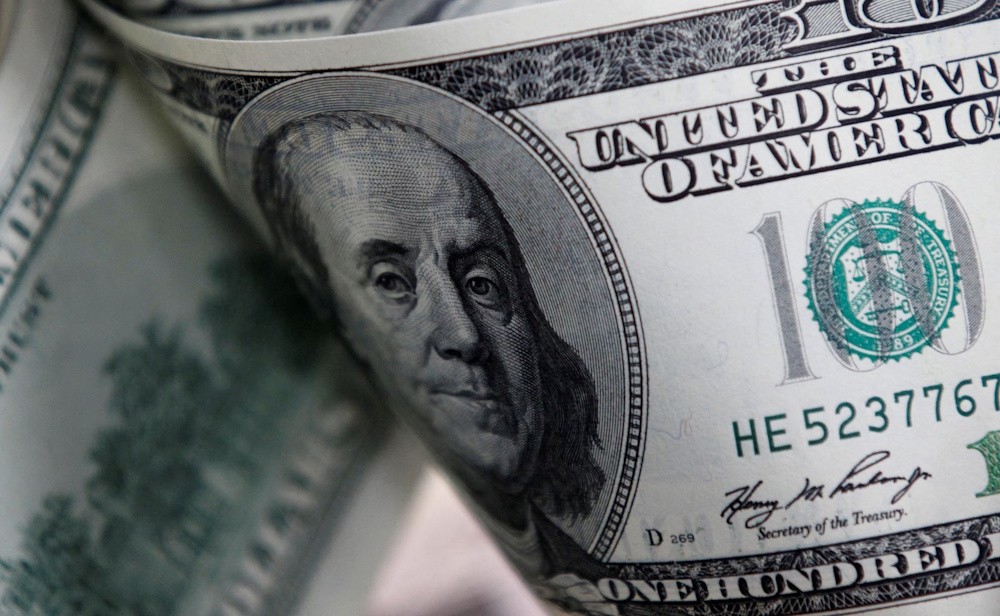
The dollar maintained its position against the euro and sterling on Friday, preserving significant gains as investors anticipated U.S. consumer spending data following stronger-than-expected growth figures that tempered expectations for additional easing by the Federal Reserve this year. The euro remained close to a three-week low at $1.1667, while sterling showed little movement at $1.3351 after reaching a near two-month low on Thursday.
The yen reached an eight-week low in response to a new set of tariffs introduced by U.S. President Donald Trump, which encompassed a 100% levy on branded drugs, 25% on heavy-duty trucks, and 50% on kitchen cabinets. Shares in Europe’s largest pharmaceutical companies remained stable following an initial decline, as analysts noted that exemptions for companies establishing manufacturing operations in the U.S. suggest that regional leaders like Roche and Novo Nordisk are expected to experience a limited effect. “It’s not surprising to observe the subdued response in currencies, as markets have experienced several iterations of this scenario and are predisposed to interpret the announcements primarily as a negotiating stance established by the White House,” stated Nick Rees. Furthermore, the bilateral trade agreements that numerous nations have established with the Trump administration have proven to be less disruptive than initially anticipated, which has contributed to a reduction in market sensitivity, he stated.
The dollar index, which measures the greenback against major currencies, was set for its largest weekly increase in two months following Thursday’s data, which showed U.S. economic growth, unemployment claims, durable goods, and wholesale inventories all surpassing expectations. Focus shifts to the forthcoming release of U.S. consumer spending and PCE inflation data on Friday, which may provide insights into the necessity for the Federal Reserve to implement further rate cuts in response to economic conditions. The probability of the Federal Reserve maintaining its current interest rates next month has risen to approximately 14.5%, an increase from the previous day’s estimate of 8.1%. The total policy easing anticipated by year-end has fallen below 40 basis points. The Commerce Department announced on Thursday that U.S. gross domestic product increased at an upwardly revised rate of 3.8% from April to June, surpassing the initially reported figure of 3.3%.
Friday’s personal consumption expenditures price index, which the Fed favors as an inflation gauge, is anticipated to reveal a 0.3% increase month-on-month for August and a 2.7% rise year-on-year. Francesco Pesole, noted that “We think more good news is needed to keep the dollar going, and we see substantial risks of a correction today after a USD rally that looks slightly overdone.” Although the euro may surpass $1.17 in the short term, increasing market sensitivity to geopolitical tensions in Europe, combined with persistent strength in U.S. economic data, poses a risk. In other developments, data indicated that core inflation in Tokyo for September remained significantly above the Bank of Japan’s central target of 2%, sustaining anticipation for a potential interest rate increase in the near future.
